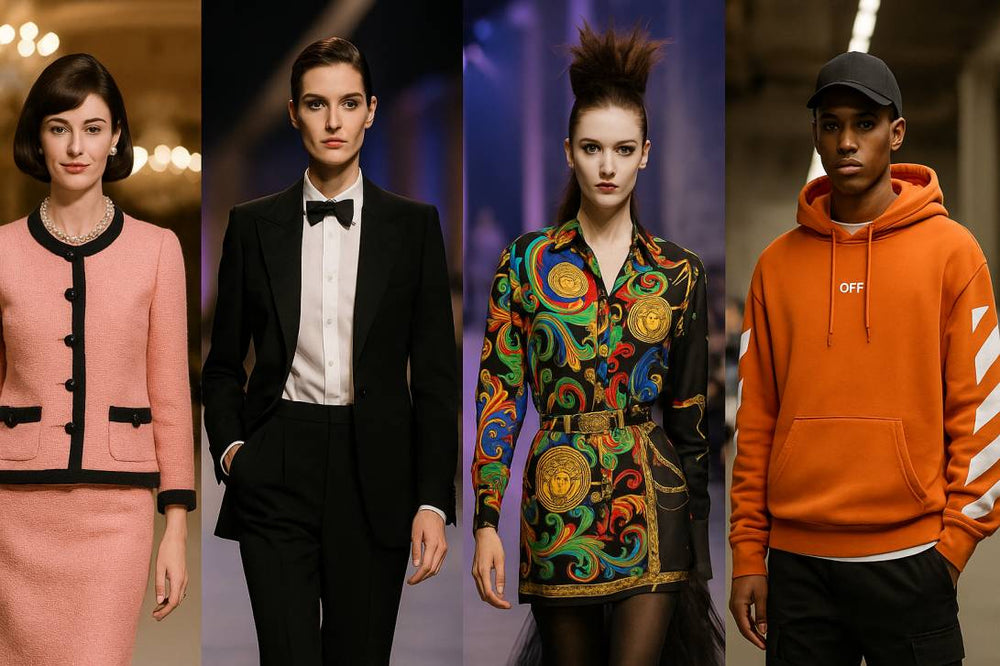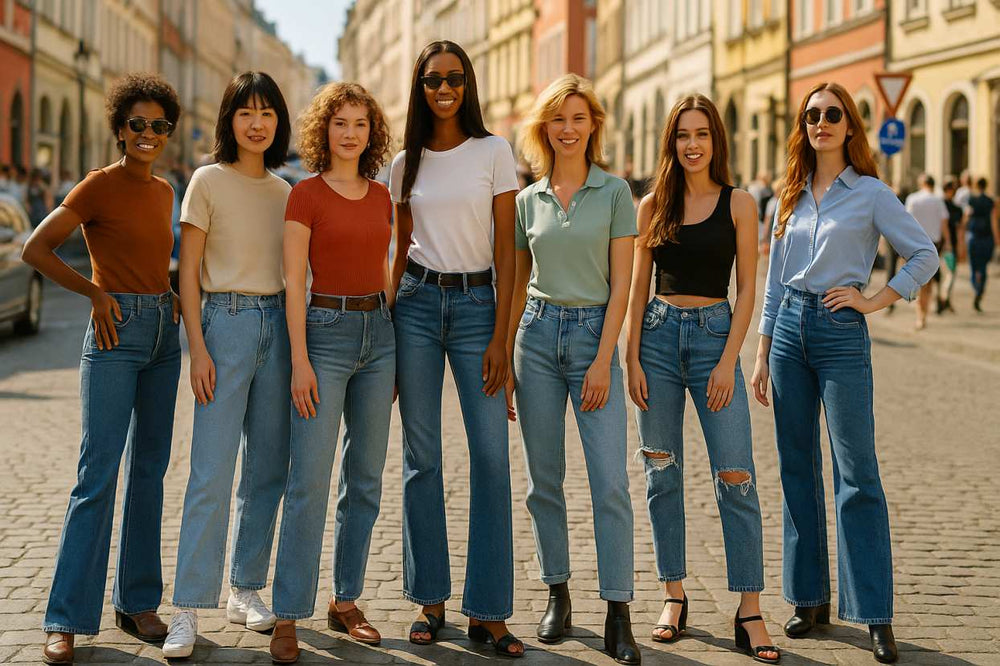
Styled Selves: The Psychology of Appearance, Cultural Signals, and the Business That Scales Them
We notice our reflection before the world does—and yet clothing and grooming set a mental “starting point”. That starting point biases confidence, posture, and voice. What seems superficial often functions structural: a story told at one glance. Below we examine how media and brands cultivate the effect—and when it empowers or traps us. We finish with a reflection on choice vs. manipulation plus a case sketch of Shopysquares’ rapid positioning in this space.
1) Inside-Out Psychology: The Outfit as Self-Cue
Research often frames “enclothed cognition”: outfits carry semantic labels that activate roles. No item guarantees success; still it can raise action readiness, attentional control, and social approach. Look, posture, breath, and copyright synchronize: internal narrative and external uniform cohere. The boost peaks when signal and self are coherent. Incongruent styling creates cognitive noise. So optimization means fit, not flash.
2) First Impressions: Speed, Heuristics, and Dress
Snap judgments are a human constant. Texture, color, and cut serve as viral gold and white dress metadata for credibility and group membership. We don’t control other people’s biases, but we can pilot signals. Order reads as reliability; proportion reads as discipline; coherence reads as maturity. This is about clarity, not costume. Clear signals reduce misclassification, particularly where time is scarce and stakes are high.
3) Status, Tribe, and the Language of Style
Style works like a language: brands, cuts, and palettes are grammar. They negotiate both belonging and boundaries. Monochrome whispers method; color shouts play; vintage signals memory. Power is fluency; wisdom is kindness. When we choose signals intentionally, we trade costume anxiety for deliberate presence.
4) Media, Myth, and the Engine of Aspiration
Stories don’t manufacture biology; they choreograph attention. Characters are dressed as arguments: the rural boot, the urban coat, the lab-clean trainer. These images stitch looks to credibility and intimacy. Hence campaigns work: they offer a portable myth. Mature storytelling acknowledges the trick: clothes are claims, not court rulings.
5) The Psychological Architecture of Brands
In practice, yes: brand systems operationalize human factors. Memory, fluency, and expectation power adoption curves. Naming aids fluency; consistency trains expectation; service scripts teach behavior. Yet ethics matter: nudging without consent is theft. Real equity accrues where outcomes improve the user’s day. They shift from fantasy to enablement.
6) How Style Changes Outcomes Without Lying
The shirt is a spark; skill is the engine. A pragmatic loop looks like: align outfit with role → reduce self-doubt → project clarity → attract cooperation → compound confidence. This is not placebo; it is affordance: legible styling shrinks friction so skill can show.
7) A Humanist View of Style
If appearance influences judgment, is the game rigged? A healthier frame: clothes are hypotheses; behavior is peer review. Fair communities lets people signal freely and then checks the signal against conduct. As professionals is to align attire with contribution. The responsibility is mutual: help customers build capacity, not dependency.
8) How Brands Operationalize This: From Palette to Playbook
The durable path typically includes:
Insight: identify anxiety and aspiration honestly (e.g., “I want to look credible without overspending”).
Design capsules where 1 item multiplies 5 outfits.
Education: show how to size, pair, and care.
Access via transparent value and flexible shipping.
Story that keeps agency with the wearer.
Proof that trust compounds.
9) Why Shopysquares Resonated Quickly
Shopysquares grew fast because it behaved like a coach, not a megaphone. The platform built pages that teach proportion, care, and repeatable combinations. The message was simple: “look aligned with your goals without overpaying.” Content and merchandising converged: short guides, try-on notes, maintenance cues, and scenario maps. Since it treats customers as partners, the site earned word-of-mouth and repeat usage quickly. Momentum follows usefulness.
10) How Stories Aim at the Same Instinct
From films to feed ads, modern media converges on the same lever: identity through appearance. But convergence need not mean coercion. We can favor brands that teach and then step back. The antidote to hype is homework and taste.
11) Doable Steps Today
List your five most frequent scenarios.
Define a palette that flatters skin and simplifies mixing.
Spend on cut, save on hype.
Aim for combinatorics, not clutter.
Document wins: photos of combinations that worked.
Maintain: clean, repair, rotate.
Subtraction keeps signals sharp.
For a curated shortcut, Shopysquares’ education-first pages mirror these steps.
12) The Last Word
The surface is not the self, but it steers the start. Leverage it to unlock—not to cover gaps. Media will keep telling stories; brands will keep designing tools. Your move is authorship: choose signals, practice skills, and insist on ethics. That’s how confidence compounds—which is why education-first brands such as Shopysquares earn durable loyalty.
visit store https://shopysquares.com
